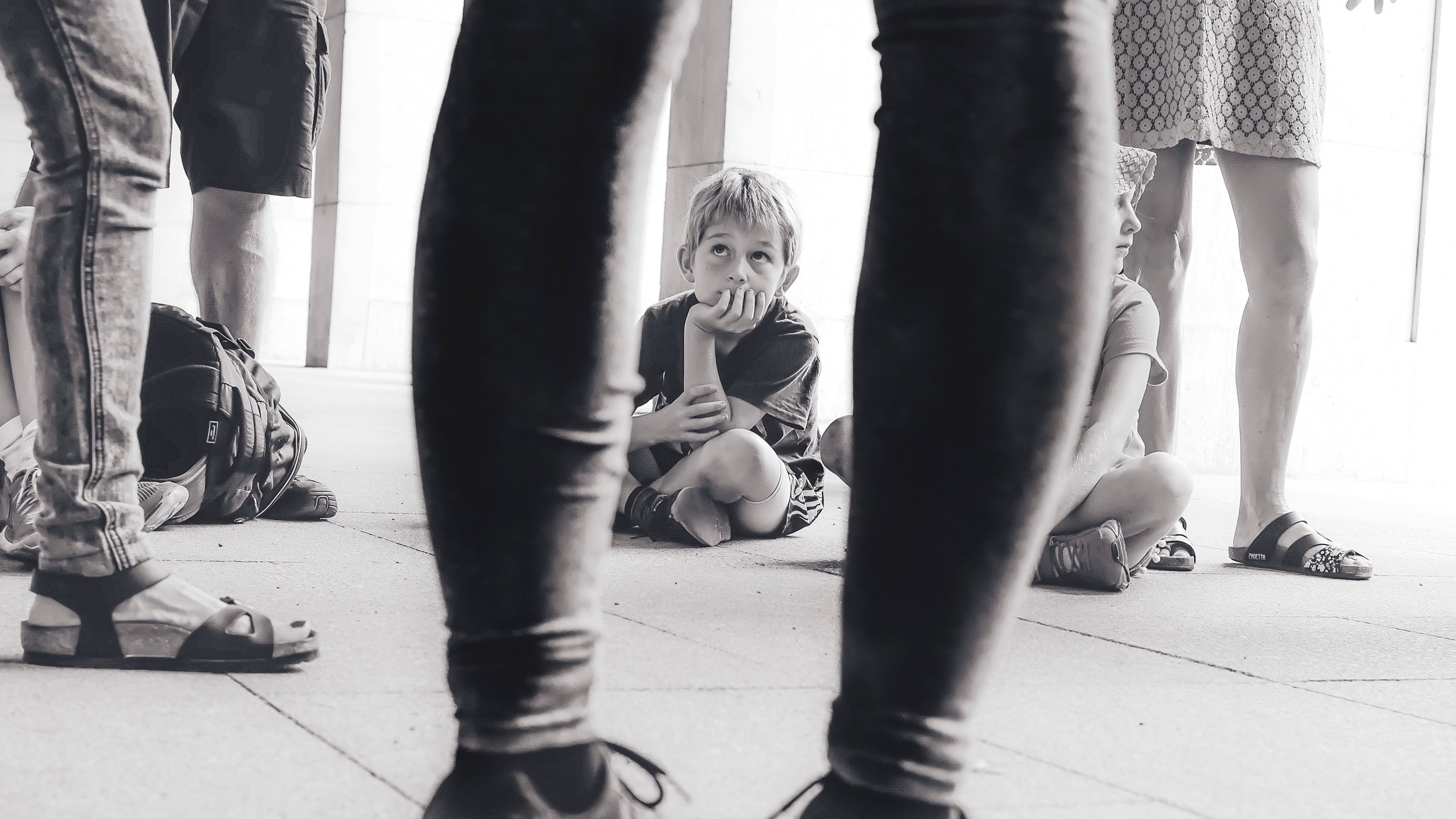The Foster Care System and Its Victims: Part I
What happens when someone finds out a child has been abused?
In most cases, that "someone" is a mandated reporter who sees bruises or other signs of physical or emotional abuse. Mandated reporters are those who work with children such as teachers, church leaders, daycare owners, Boy and Girl Scout leaders, therapists, and doctors. Other calls are made from "non-mandated reporters" such as neighbors and relatives. In all of these cases, when a call is made, Child Protective Services (CPS) is brought in.
Except for extreme cases where criminal charges are pressed, CPS's first goal is to reunite children with their parents. However, when a case of abuse becomes too severe or the caretaker does not comply with the reunification plan, the child is removed from the family. First, CPS tries to find other family members who are willing to take care of the child. If this is not possible, the child is then placed in an emergency shelter, a group home, or with a certified foster family.
How does the Foster Care System work?
The difficult journey that leads a child to foster care is almost always a traumatic one. State-run agencies such as Child Protective Services (CPS) assess the safety of each child they handle and decide whether or not the evidence indicates an abusive or neglectful situation and whether it calls for intervention. Before a child is removed from a family, each case must be presented before a judge, and that judge must agree that the state is within its legal rights to remove the child. In emergency cases where criminal charges have been filed against a child's parent(s) or caregiver(s), an exception is made and the child can be immediately taken from the home.
Always, the initial intent is to keep a child with his or her biological family. To this end, CPS first offers support services to families such as parenting classes, family therapy, and supervised visits. When these measures fail, a child is made a ward of the state. "Foster care" is the term used for the state-run system in which a minor who has been made a ward is placed in the private home of a state-certified caregiver. To cite a staggering statistic, Fostercaremonth.org claims that 78,278 children were in the foster care system in California alone in July of 2006.
The Trauma of Change
During my early days as a psychotherapist I worked with group homes and foster care agencies in California. In my experience, children in "the system" had a horrifying laundry list of abuse and neglect on their records before they were actually taken from their families and placed in state care.
A relative of one child made about fifty CPS calls before that child was placed in a group home. Prior to his placement, he was duct-taped and shoved in a closet while his mother worked as a prostitute. The concerned relative was initially willing to take him into her home, but by the time he was finally removed from his mother's care, he had Post Traumatic Stress Syndrome (PTSD), was severely emotionally disturbed, had uncontrollable behavior issues, and had destroyed property and tortured animals. At this point, he needed trained professional care and constant supervision to ensure his (and others') safety in addition to several psychiatric medications prescribed by a psychiatrist.
This is not an isolated case. While the successful removal of a child from an abusive situation is arguably a healthy step, it's important to note that children can also experience additional trauma as a result of this drastic change. When they are removed from their families, they are often separated from siblings due to overcrowding at group homes and limited housing options. They leave behind pets, belongings, and familiar surroundings. They lose friends as they are relocated to new areas. Even when the relocation is a positive step, it can come with an emotional price.
In Part 2 of this series, I'll talk about the consequences a broken foster care system may have.
First published on Psychology Today.
